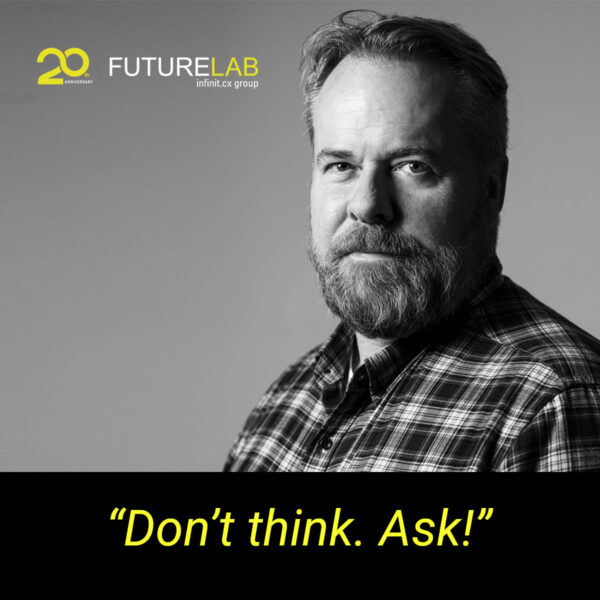by: Joel Makower
This week’s announcement by General Motors that it has joined with more than 30 utility companies across the U.S. to work on issues related to electric vehicles got a great deal of media play. But the coverage only began to scratch the surface of the complexity of bringing plug-in electric vehicles to market in mass quantities.
In reality, the GM-utility conversation isn’t entirely new. It began in January, at a Vehicle Electrification Workshop held at GM’s research center in Warren, Michigan. I had the privilege of attending the meeting, which was facilitated by my colleagues at the sustainability strategy firm GreenOrder. The meeting included more than two dozen utility executives, including a team from the Electric Power Research Institute, the industry-funded consortium that served as the co-convener of the meeting.
It was an eye-opener, to say the least. It turns out that building the infrastructure for the plug-in electric vehicle isn’t simply a matter of, "Here’s a plug, here’s a socket. End of story."
First of all, not everyone has a socket — a secure place to park their car and recharge it. Those living in apartment buildings, for example, lack this ability. Even where a plug exists, it may not have sufficient amperage to handle the load. (I’m a good example: I have a socket in my garage, but it’s on the same circuit as my bedroom. If you plug in a power-hungry appliance in the garage, TiVo gets grumpy.)
But that’s the least of it. Building the plug-in infrastructure involves a mind-numbing array of technical challenges. Among them:
There’s much more. There’s the need for public education, which requires understanding consumer habits and market expectations. There may need to be new financing mechanisms for customers, especially if plug-ins, as expected, cost more to buy, at least for the first decade or so. There will be infrastructure costs for cities, building owners, and others to build charging stations. What policy measures or subsidies will we need to incentivize them to do so? Will EVs get preferential treatment at toll booths, parking lots, and in HOV lanes? (Will today’s Prius-style hybrids eventually lose their current preferential status?) What happens to fuel-economy ratings — will they need to be revised or rethought?
I’m just getting started, but you get the point.
It’s not just GM, of course. Every car company large and small that wants to be a player in the EV market will likely need to hew to whatever standards are created — or risk being incompatible with the mainstream, the automotive version of Betamax. GM, in its wisdom, decided it wanted to be at the table where those standards were created.
All of this may seem somewhat futuristic, but it isn’t. The first-gen plug-in hybrid vehicles (not counting the relatively small number that have been retrofitted by hobbyists and EV fanatics) will hit the market in 2010 — a scant two years from now — from GM, Nissan, Toyota, Volkswagen, and others. Given the slow pace of gaining consensus — not to mention building a national infrastructure — the GM-utility partnership could play a key role in advancing the conversation, building some, if not all, of the many pieces we’ll need for our petro-free transportation future.
Original Post: http://makower.typepad.com/joel_makower/2008/07/gm-and-the-new.html




